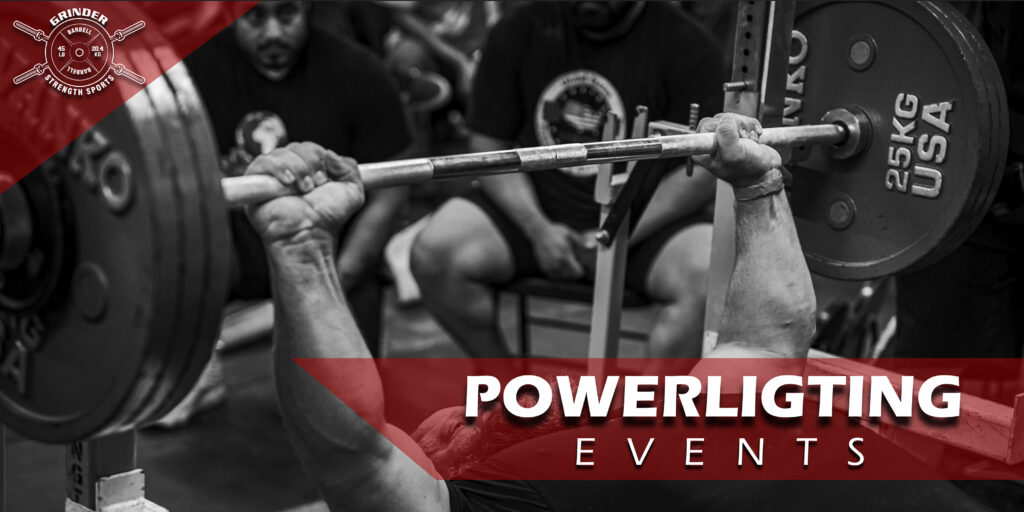A comprehensive warm-up and cool-down routine is essential for optimizing performance and preventing injuries in powerlifting. Proper preparation and recovery techniques ensure that the body is ready for the demands of heavy lifting and can recover effectively afterward. This article will detail the best warm-up and cool-down strategies for the squat, bench press, and deadlift, providing a practical approach to enhance your training.
Importance of Warm-Up and Cool-Down
Warm-Up:
- Increases Blood Flow: Enhances muscle elasticity and joint mobility.
- Activates Muscles: Prepares the nervous system for the specific movements of the lifts.
- Reduces Injury Risk: Prepares muscles, tendons, and joints for the stress of heavy lifting.
Cool-Down:
- Promotes Recovery: Reduces muscle stiffness and soreness.
- Enhances Flexibility: Helps maintain or improve range of motion.
- Reduces Injury Risk: Aids in the removal of metabolic waste products.
Warm-Up Techniques
General Warm-Up: Begin with 5-10 minutes of light cardiovascular activity to increase overall body temperature and blood flow. Activities such as brisk walking, cycling, or rowing are effective.
Dynamic Stretching: Incorporate dynamic stretches to improve mobility and prepare the muscles and joints for the specific movements of the squat, bench press, and deadlift.
For Squats:
- Hip Circles: 2 sets of 10-15 circles each direction to open up the hips.
- Leg Swings: 2 sets of 10-15 swings per leg, both forward and sideways, to loosen the hips and hamstrings.
- Bodyweight Squats: 2-3 sets of 10-15 reps to activate the quads, glutes, and hamstrings.
For Bench Press:
- Arm Circles: 2 sets of 10-15 circles each direction to warm up the shoulders.
- Band Pull-Aparts: 2-3 sets of 15-20 reps to activate the upper back and rear deltoids.
- Push-Ups: 2-3 sets of 10-15 reps to engage the chest, shoulders, and triceps.
For Deadlifts:
- Hip Hinges: 2-3 sets of 10-15 reps to activate the glutes and hamstrings.
- Walking Lunges: 2-3 sets of 10-15 reps per leg to warm up the lower body.
- Cat-Cow Stretch: 2 sets of 10-15 reps to mobilize the spine.
Specific Warm-Up: Perform lighter sets of the primary lift to gradually acclimate the body to the heavier weights. Start with an empty barbell and progressively add weight, reducing the number of reps as the weight increases.
For Squats:
- Empty Barbell: 2 sets of 10 reps
- 50% of Working Weight: 1 set of 8 reps
- 70% of Working Weight: 1 set of 5 reps
- 85% of Working Weight: 1 set of 3 reps
For Bench Press:
- Empty Barbell: 2 sets of 10 reps
- 50% of Working Weight: 1 set of 8 reps
- 70% of Working Weight: 1 set of 5 reps
- 85% of Working Weight: 1 set of 3 reps
For Deadlifts:
- Empty Barbell or Light Weight: 2 sets of 10 reps
- 50% of Working Weight: 1 set of 8 reps
- 70% of Working Weight: 1 set of 5 reps
- 85% of Working Weight: 1 set of 3 reps
Cool-Down Techniques
General Cool-Down: Begin with 5-10 minutes of light cardiovascular activity to gradually lower heart rate and facilitate the removal of metabolic waste products.
Static Stretching: Incorporate static stretches to improve flexibility and promote muscle relaxation. Hold each stretch for 30-60 seconds, focusing on the muscle groups used during the lifts.
For Squats:
- Quad Stretch: Stand on one leg and pull the opposite heel towards the glutes to stretch the quads.
- Hamstring Stretch: Sit on the ground with one leg extended and reach towards the toes to stretch the hamstrings.
- Hip Flexor Stretch: Lunge forward with one leg and push the hips down to stretch the hip flexors.
For Bench Press:
- Chest Stretch: Stand in a doorway and place your arms on the doorframe, leaning forward to stretch the chest.
- Triceps Stretch: Raise one arm overhead and bend the elbow, using the opposite hand to pull the elbow gently.
- Shoulder Stretch: Pull one arm across the body with the opposite hand to stretch the shoulder.
For Deadlifts:
- Lower Back Stretch: Lie on your back and pull both knees towards the chest to stretch the lower back.
- Glute Stretch: Cross one leg over the opposite knee and pull the supporting leg towards the chest to stretch the glutes.
- Calf Stretch: Stand facing a wall and place one foot behind you, pressing the heel into the ground to stretch the calf.
Foam Rolling: Use a foam roller to perform self-myofascial release, targeting areas of muscle tightness and promoting relaxation.
For Squats:
- Quads: Roll from the hips to the knees, spending extra time on any tight spots.
- Hamstrings: Roll from the glutes to the knees, focusing on any areas of tension.
- Glutes: Sit on the foam roller and cross one leg over the other knee, rolling the glute muscles.
For Bench Press:
- Upper Back: Roll from the base of the neck to the mid-back, focusing on the upper back and rear deltoids.
- Lats: Lie on one side with the arm extended and roll from the armpit to the mid-back.
For Deadlifts:
- Lower Back: Roll gently from the lower back to the mid-back, avoiding excessive pressure on the spine.
- Glutes: Sit on the foam roller and roll the glute muscles, focusing on any tight spots.
- Calves: Roll from the ankles to the knees, spending extra time on any areas of tightness.
Conclusion
Proper warm-up and cool-down techniques are essential for optimizing performance and preventing injuries in powerlifting. By incorporating dynamic stretching, specific warm-up sets, static stretching, and foam rolling into your routine, you can enhance movement quality, reduce the risk of injuries, and promote effective recovery. Embrace these techniques to ensure a long, healthy, and productive powerlifting journey, and achieve greater success in the gym and on the platform.




Comments are closed